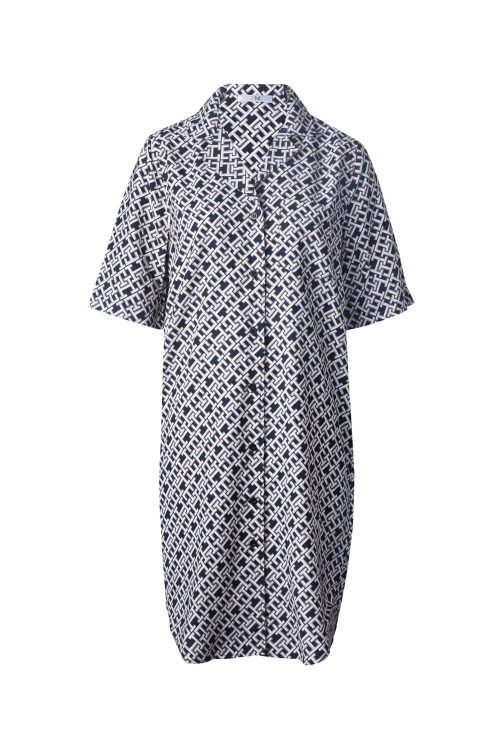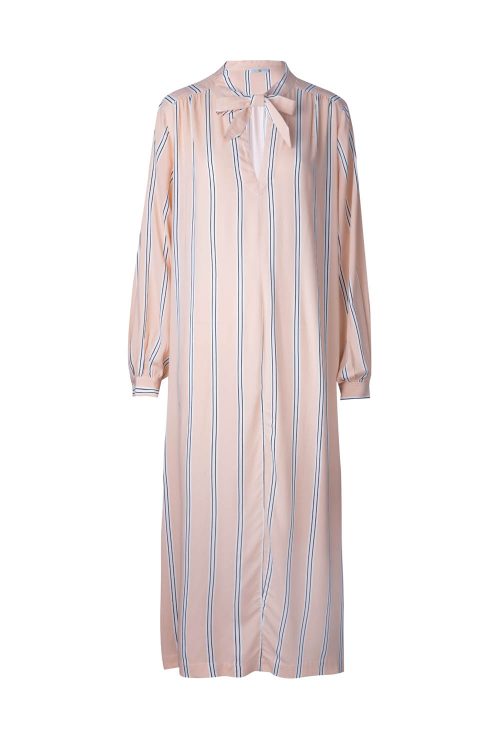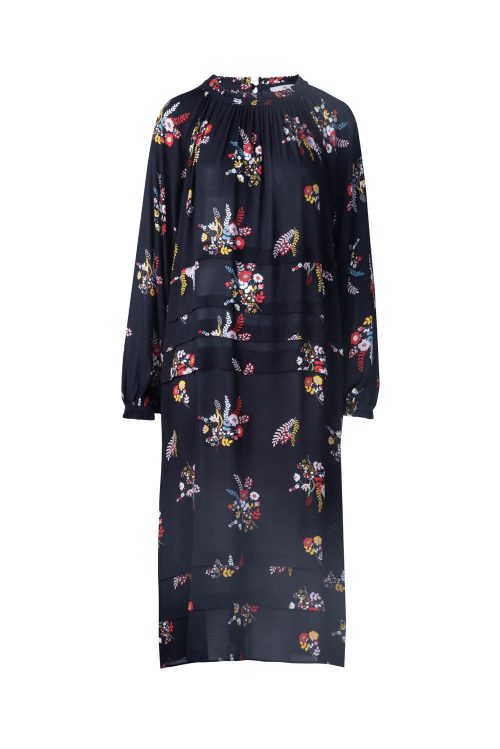
Introduction to OEM Clothing Branding
OEM, or Original Equipment Manufacturer, in the fashion industry refers to a company that designs and manufactures clothing which is then branded and sold by another company. This collaboration allows brands to leverage the manufacturing strengths, cost benefits, and expertise of experienced producers without the need for extensive capital investment in factories and machinery. For startups and established brands, understanding the nuances of OEM can be the key to expanding product lines, entering new markets, or even launching a brand.
Benefits of Partnering with an OEM Clothing Brand
Cost-Effectiveness and Efficiency: One of the primary advantages of partnering with an OEM clothing brand is the significant reduction in production costs. By outsourcing manufacturing, companies can also enjoy the benefits of economies of scale, leading to lower prices per unit as production volume increases.
Quality Assurance and Scalability: Established OEM manufacturers possess the expertise to ensure high-quality production standards. They also have the capacity to scale operations up or down based on the client’s requirements, providing flexibility and reliability.
Access to Expertise and Market Insights: Working with an OEM partner offers brands access to seasoned professionals who have a deep understanding of the industry, including trends, material sourcing, and the logistics of global distribution.
Key Considerations for Selecting an OEM Partner
Choosing the right OEM partner is crucial for the success of your brand. Key considerations include the manufacturer’s experience, the quality of their previous work, their ability to meet your specific requirements, and their supply chain and material sourcing policies.
Design and Production Process
This section walks through the journey from conceptualizing a design to the final production stage, emphasizing the importance of collaboration between the brand and the OEM manufacturer to ensure that the final product meets quality and design specifications.
Navigating the Challenges of OEM Partnerships
While OEM partnerships can be incredibly beneficial, they are not without their challenges. This section explores common obstacles like communication issues and quality consistency, providing strategies for overcoming them.
Success Stories: OEM Clothing Brands in Action
Through real-life case studies, this section highlights the transformative impact OEM partnerships can have on both emerging startups and well-established brands, illustrating key lessons and best practices.
Building a Sustainable and Ethical OEM Brand
Sustainability and ethical practices are increasingly important in the fashion industry. This section discusses how brands can work with OEM partners to incorporate these values into their manufacturing processes.
The Future of OEM Clothing Brands
Looking ahead, this section explores the innovations and global trends shaping the future of OEM clothing brands, emphasizing the importance of adaptability and ethical practices.
FAQs
- How does OEM manufacturing differ from ODM?
- What are the key factors to consider when choosing an OEM clothing manufacturer?
- Can small brands benefit from OEM manufacturing?
- How do OEM manufacturers ensure product quality?
- What are the trends in OEM clothing manufacturing?
Conclusion
OEM clothing brands offer a pathway for companies to navigate the competitive fashion industry landscape efficiently and effectively. By understanding the benefits, challenges, and key considerations of OEM partnerships, brands can unlock new opportunities for growth and innovation.




